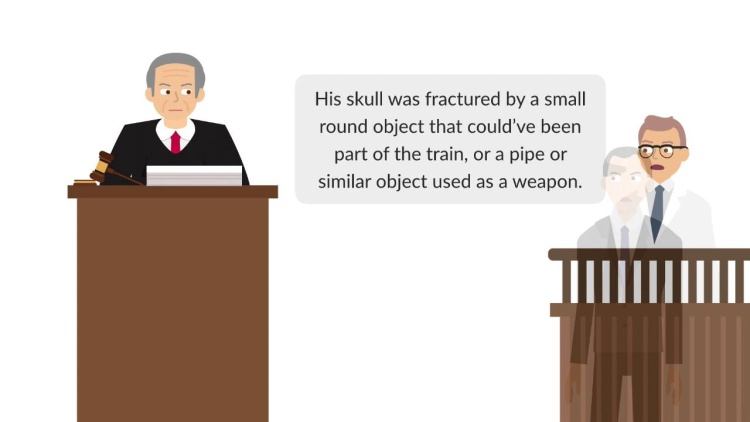Lavender v. Kurn
United States Supreme Court
327 U.S. 645, 66 S. Ct. 740, 90 L. Ed. 916 (1946)

- Written by Sean Carroll, JD
Facts
The administrator of the estate of L.E. Haney (administrator) (plaintiff) brought suit against the St. Louis-San Francisco Railway Company (Frisco) and the Illinois Central Railroad Company (Illinois Central) (defendants) for the death of Haney while he was working one night at a railroad station owned by Illinois Central. Haney was employed by Illinois Central, and his job was to throw the switches for Illinois Central and other trains that passed through the station, including Frisco’s. It was very dark the night of his death, and there were no eyewitnesses. Haney threw open the switch for a Frisco train that was passing through the station, but the switch was never closed—which was also Haney’s duty—and Haney was later found dead face down with a fractured skull. He had been struck in the back of the head by something. The administrator claimed he was hit in the head by a mail hook hanging off the Frisco train. There was high and uneven ground along the side of the tracks that at some places (but not all) would put Haney’s head in range of a hanging mail hook. The defendants contended that Haney was murdered and struck in the head by the murderer. There was evidence that tended to show that a hook could not have hit Haney, and there were facts that supported an inference that he was murdered. The Circuit Court of the City of St. Louis sent the issue to a jury, and the jury returned a verdict in favor of the administrator. The Missouri Supreme Court reversed the judgment, finding that there were not sufficient facts to support the jury’s conclusion. The United States Supreme Court granted certiorari.
Rule of Law
Issue
Holding and Reasoning (Murphy, J.)
What to do next…
Here's why 899,000 law students have relied on our case briefs:
- Written by law professors and practitioners, not other law students. 47,000 briefs, keyed to 994 casebooks. Top-notch customer support.
- The right amount of information, includes the facts, issues, rule of law, holding and reasoning, and any concurrences and dissents.
- Access in your classes, works on your mobile and tablet. Massive library of related video lessons and high quality multiple-choice questions.
- Easy to use, uniform format for every case brief. Written in plain English, not in legalese. Our briefs summarize and simplify; they don’t just repeat the court’s language.





